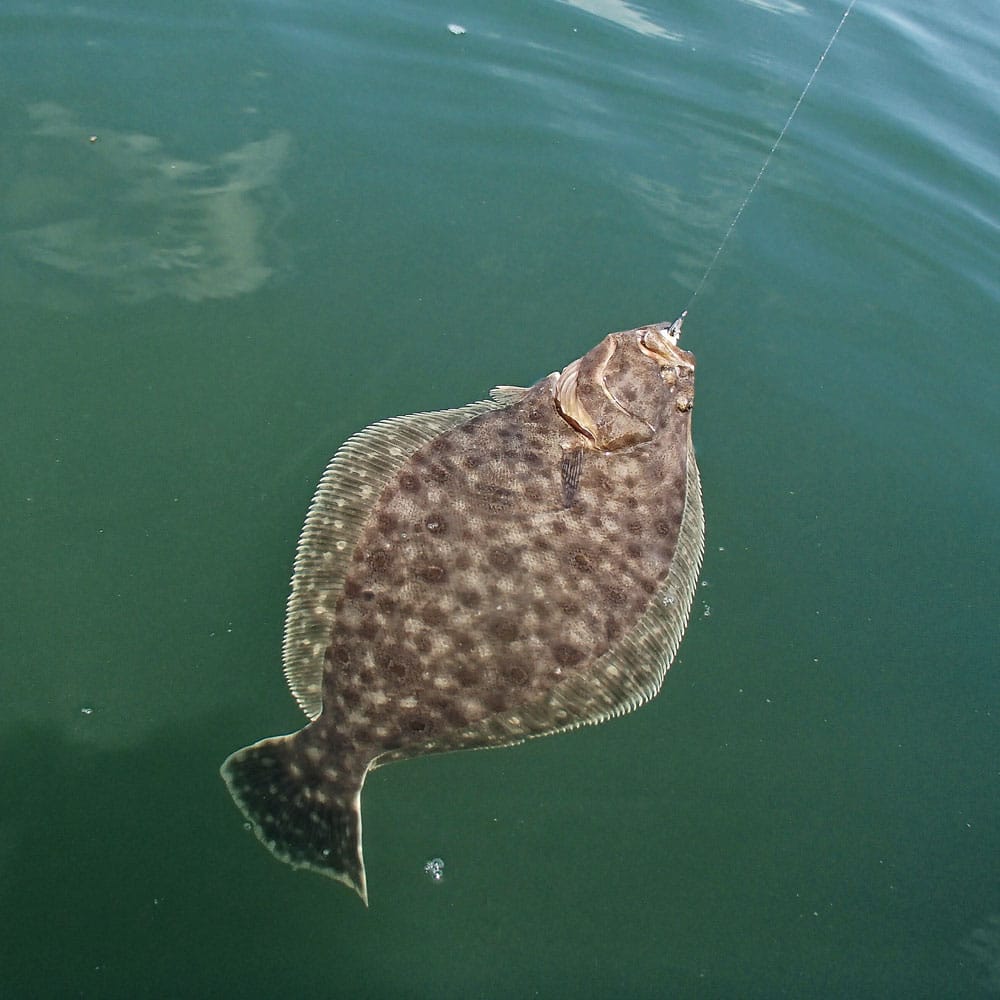
Yet again, one of recreational anglers’ favorite targets is in fisheries management news. Unfortunately, it is on the bad news side of the equation.
While there will always be natural swings in the populations of fish, a proposed reduction of 41 percent (at the time of writing this) for one year in the annual catch limit is fairly drastic. A curious mind would ask what caused it, and is this decline real? I am not a fisheries management denier. It is my feeling that fisheries science is fairly good, but not capable of being perfect. So, while decisions are made with good intent, the outcome can be controlled by management philosophy and plain old politics. Being skeptical is not a bad approach.
A Gamble
After many years of restricted catch limits, things have looked pretty good for summer flounder, in terms of the recreational catch limits, for the last 10 years. What has not looked so strong is the level of recruitment, which is the number of juvenile fish coming into the fishery. Recruitment has trended downward since 2009, and in 2015, it showed less than half of what it was in 2009. Simply put: Fewer coming in requires a lot less to be taken out, if one wants to rebuild the stock. Low recruitment does not necessarily preclude a successful spawning event, but relying on that to happen is rolling the dice.
Summer flounder are managed cooperatively by the Mid-Atlantic Fishery Management Council and the Atlantic States Marine Fisheries Commission. Managers have been working on an amendment to the Fishery Management Plan (FMP) for Summer Flounder. For the recreational fishing sector, the vast majority of the summer flounder takes place in state waters, so how the ASMFC and the states handle the suggested changes will have the most impact.
New Criteria
With a 20-year-old baseline, is it any wonder that recreational fishing interests are concerned about decisions that will be made in this amendment? Changes in the overall stock structure since the base year in 1998 are dramatic. Also, the range and distribution of the fish have changed with the increased stock size and the general movement of fish to the north and east due to warming waters. One of the other big changes is the demographic shift toward the coast, which means more recreational anglers.
There has been an effort to address the issue of shift in the range. There are several alternatives that would allow regional management. That is a start to dealing with the shifting range of the fish, and some would say that it was a start to introducing ecosystem-based management. I might agree, but certainly not when the state allocations are based on landing history prior to 1998. The world has changed both environmentally and demographically. There is no way that those allocation percentages represent what is happening today. Allocation issues are not easy to settle, but they are at the heart of fair and equitable fisheries management.
“Distribution of the fish has changed with increased stock size and the general movement of fish.“
Dollars and Sense
The current split between recreational and commercial users of the summer flounder resource is 40 percent recreational and 60 percent commercial. There are far more recreational participants today than there were 25 or 30 years ago. If we simply look at the number of trips targeting summer flounder for 2014 (4.1 million) and divide that into the number of fish caught that year, it averages out to 1.15 fish per angler per trip, so many are left holding an empty stringer. With a declining catch, it is likely those numbers are worse today. At the same time, those trips generated $790 million in value added to the U.S. GDP. The 60 percent of the catch that goes to 766 active commercial permits generates only a fraction of the value added. I may be missing something, but I have a hard time understanding how that is a fair and equitable distribution of the resource or an economically sound use of a limited resource. There are only a handful of fish species that are critically important to the recreational fishing industry, and summer flounder is one of them. Yes, all users will have to take a cut in allowable catch, but that could be mitigated for the largest user group with equitable allocation.
Think Long-Term
The decision on which alternative to incorporate into the FMP will have been made by the time you read this. Unfortunately, this will come across as whining from the losing side, and maybe it is. However, I’d like it to be some sort of guidance to the future: a future where resources are managed in a sustainable fashion; a future where limited resources are managed with ecosystem-based management as one of the protocols; a future where common-property resources are managed to generate the highest economic value to the nation, which is one of the tenants of the Magnuson Act.









